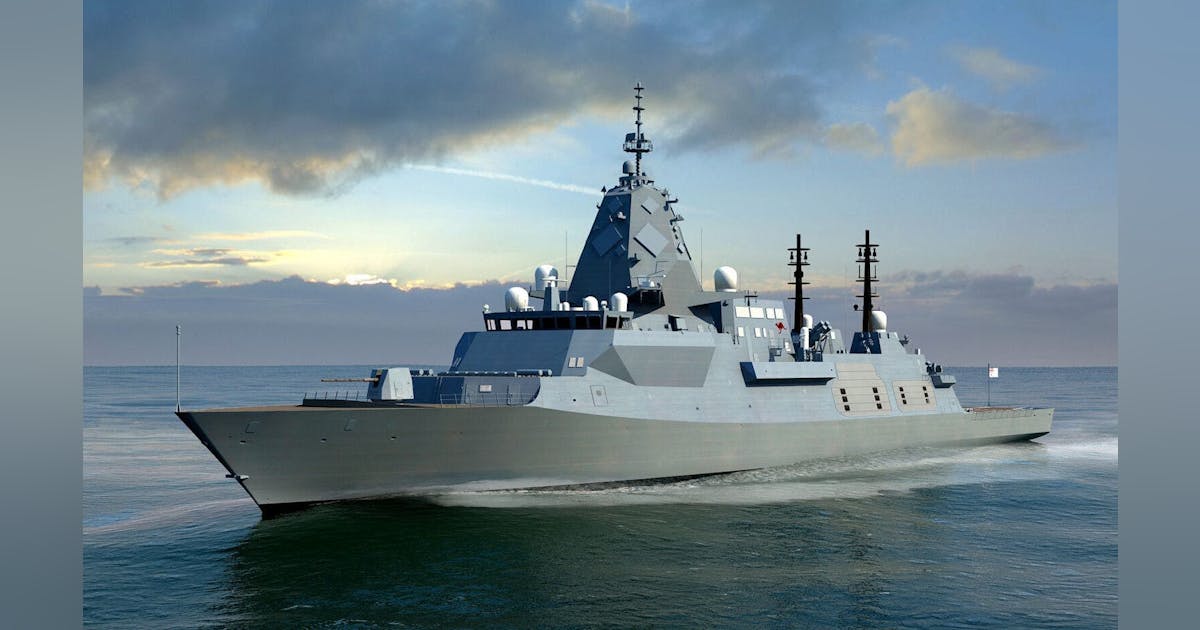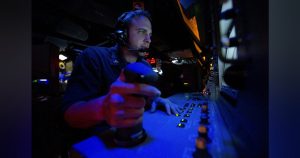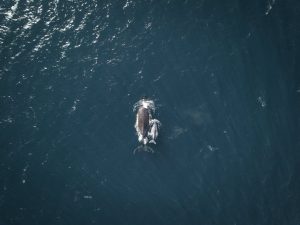Navy Selects BAE Systems’ New Circular Radar Antennas for Modern Warships
When safeguarding the global fleets, technology plays a crucial role, and the U.S. Navy, alongside Australia and Japan, is investing heavily in innovation. Their latest venture is a $15.9 million purchase of cutting-edge OE-120/UPX circular shipboard radar antennas from BAE Systems. These antennas are pivotal for identification friend-or-foe (IFF), surveillance, and air traffic control on diverse naval vessels, from sleek frigates to colossal aircraft carriers.
What Makes These Antennas So Important?
The ocean witnesses a complex mix of military, commercial, and airborne activities. Mistaking an ally for an adversary or missing a genuine threat can lead to catastrophic consequences. The OE-120 provides the backbone for advanced surface ship awareness and air defense.
Key Features:
- Electronically steerable: Operators can redirect the antenna’s focus anywhere within 50 microseconds, which is 20 times faster than a blink of an eye.
- Multi-target tracking: Capable of tracking up to 400 targets simultaneously, it ensures real-time situational awareness across radar displays onboard.
- Seamless IFF support: Utilizes challenge-reply protocols to identify friend from foe instantly, crucial for combat decisions.
- Supports all IFF modes and air traffic control: From routine landings to critical combat situations, it ensures seamless operations.
‘With this product, BAE Systems delivers more than just hardware. It delivers coherent capabilities to our team… Your service to the fleet for almost four decades is a true testament to the product’s artisanship.’
— Navy Capt. Joseph Hornbuckle, Naval Air Traffic Management Systems program manager
Why Circular and Electronically Steerable Antennas?
Traditional radar dishes are being surpassed by rapidly evolving threats. The OE-120’s electronically steered circular arrays offer distinct advantages:
- Instantaneous scanning: Electronic manipulation eliminates mechanical delays, quickly covering all angles.
- Improved reliability: With fewer moving parts, the need for maintenance decreases, enhancing operational readiness.
- Compact and robust: Built to endure harsh maritime conditions, they are designed for endurance aboard naval ships.
Real-World Impact: Stories and Numbers
- Global Usage: Over 150 OE-120 antennas equip U.S. and allied fleets, from destroyers to aircraft carriers.
- International Reach: The U.S. Navy contract also involves upgrades for Australia and Japan, reflecting its esteemed reputation across the Pacific and beyond.
- Aegis System Integration: As the sole electronically scanned IFF antenna in the U.S. Navy, the OE-120 supports all standard modes, ensuring fleet preparedness for future challenges.
How Does It Work? A Look Inside
The heart of the OE-120 is its electronically scanned array (ESA) design:
- No physical movement needed: Beams can be redirected in microseconds to interrogate new targets swiftly and manage complex air operations.
- Challenge and reply: The IFF system promptly verifies unknown contacts with coded queries, determining if they’re friend, foe, or neutral.
- Smart redundancy: Backup systems activate automatically if primary devices fail, ensuring continuous coverage in conflict situations.
The Human Side: People Behind the Tech
This is about more than just technology. Over 30 years, engineers and craftsmen at Nashua, New Hampshire, have infused dedication and expertise into building these antennas.
‘Our employees come to work each day knowing that what they do matters and aligns with our mission… offering navies around the world constant fleet protection.’
— Dave Logan, VP & General Manager, C4ISR Systems, BAE Systems
What Does This Mean for the Future?
- Fleet Modernization: The fast, multi-target capabilities of the OE-120 are vital as adversaries deploy quicker and stealthier threats.
- Allies and Partnerships: This system enhances joint operations by unifying allied navies’ command-and-control communication.
- Upgrade Path: Its proven dependability and modern enhancements ensure that navies are equipped with tools for evolving warfare.
Fun Fact: The “Eye of the Ship”
Picture naval scenes from films like Battleship or games like World of Warships. The sweeping radars and luminous displays owe much to the same constructs found in the OE-120, functioning as the ship’s unblinking “eye.”
Expert Tips and Insights
- Redundancy is crucial: Reliable backup systems ensure uptime on all ships utilizing the OE-120.
- Digital integration: Synchronized radar, IFF, and navigation data enable quicker, informed decision-making.
- Training matters: As systems automate, human vigilance and rapid situational analysis remain pivotal in naval defense.
- Future applications: BAE Systems continues expanding this antenna technology, ensuring cutting-edge solutions for future deployments.
Conclusion
The U.S. Navy’s reliance on BAE Systems’ OE-120/UPX circular shipboard antennas signifies a significant step in countering modern threats. Boasting speed, robustness, and combat-tested durability, these antennas serve as the invisible shield safeguarding international waters, ensuring that ally fleets can detect, decide, and prevail in the most challenging conditions.
Whether you appreciate high-tech naval tools, this story of foresight, technology, and collaboration is about preserving sailors’ safety worldwide.
For additional insights on naval radar systems and upgrades, stay updated through Military & Aerospace Electronics and the BAE Systems official site.













